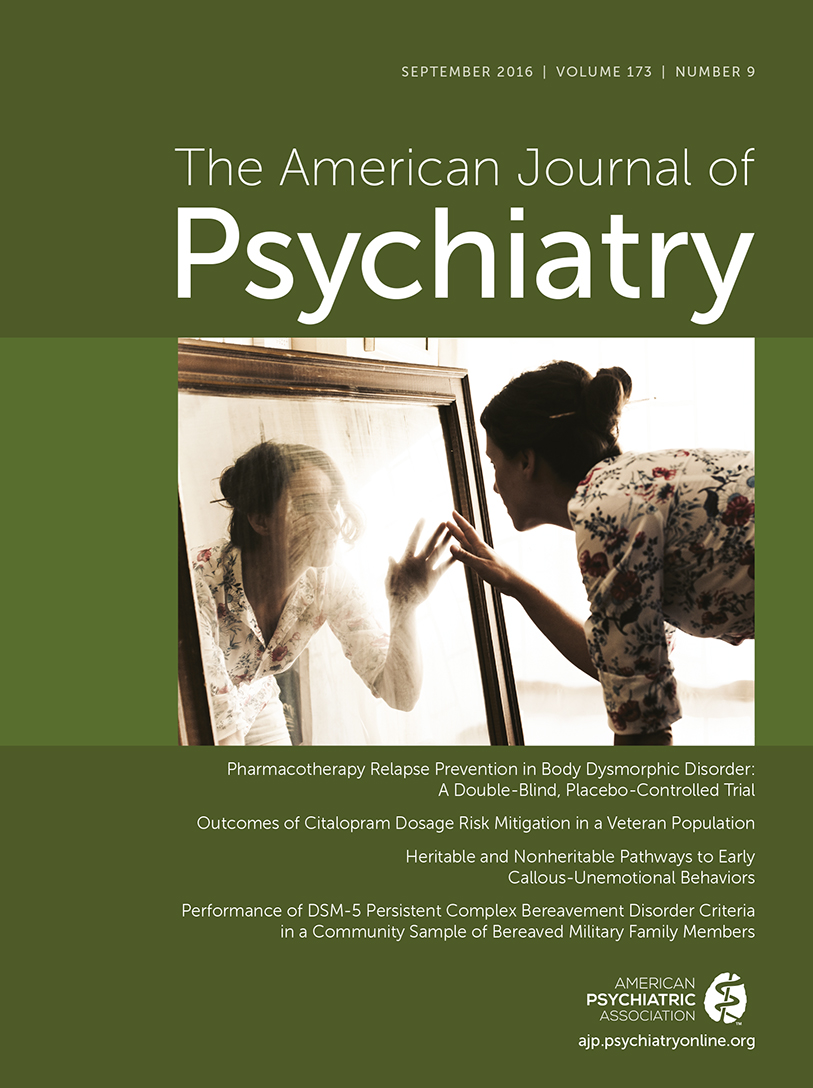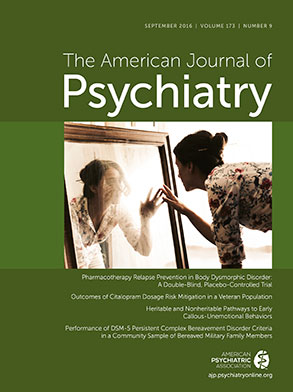She sat across from me in the small examination room. I was seeing her at a free clinic—which meant that at this particular facility she had no insurance and an income not too far above the official poverty line. She was middle-aged, nicely dressed, and looking like a more careworn version of the excellent athlete she had once been. She, as well as the other patients I saw there, did not at all fit my preconception of who would qualify for a free rural clinic. Had the recent financial crisis and subsequent recession not led to her loss of employment, I might well have been seeing her the day before in my private office (full fee, pay at the time of service, no insurance accepted). Her bipolar II diagnosis had recently become clear after several years of unsuccessful bouts of antidepressant treatment, and she was doing well—not depressed but worried about the possible recurrence of an injury that had interfered with pursuing her sport, which had been a major source of pleasure in her life. She had mentioned last month during our visit that she experienced seemingly unprovoked and spontaneous anaphylactic reactions about once every 10 years. She said that she had never sought a medical evaluation for this but that she had, after reading about anaphylaxis on the Internet, bought herself an EpiPen. I acknowledged that that was a wise step to have taken, but I strongly urged her to seek further evaluation of this potentially fatal problem with one of the primary care physicians in the clinic. At this visit I asked her if she had discussed her anaphylaxis in the interim with a primary care physician; she had not. Without really thinking about it, I gave her a kick to the toe of her UGG boot; it wasn't a hard blow, but it was definitely more than a tap. She laughed—she wasn't offended by the pedal version of a “dope slap,” and I think she acknowledged and accepted the mixture of concern and annoyance at her poor self-care that elicited the kick.
Touching an outpatient—much less kicking one—has never, beyond the introductory handshake and the rare condolence hand to the shoulder, been a part of my therapeutic armamentarium. I imagine that I, like most therapists, have loosened up over the years, no longer resorting to confused or paralyzed silence, or from-the-book stereotypies, when patients do such challenging things as ask personal questions, get angry, don't improve as quickly as I hope, or fail to follow my suggestions. As the years pass, it no longer seems necessary to be on guard, hyperalert for an attempted boundary incursion by the patient. It's easier to laugh, to tell an apropos joke, to make an empathic comment that doesn't really solve the problem, or listen attentively for a longer period without the need to “do something.” I recall my own experience as a resident and see the same issues in the residents that I teach, where fears of doing the wrong thing, or fantasies about patients' inexhaustible needs or potential for intrusion into the therapist's life, lead to a guarded, constricted interaction that precludes the residents' bringing their innate personal warmth and humanity into the consulting room. Perhaps nothing beyond good supervision, years of experience, and sometimes personal therapy can foster this transition from stiff novice to more humane therapist. Certainly the openness and freedom that Yalom (
1) described may seem unimaginable, if not frightening, to the beginning clinician, and one can imagine how, for some therapists, emulating Yalom's particular style would heighten the risk of boundary problems. Although rigid rules prohibiting self-revelation and maintaining the “blank screen” may have been necessary in the earlier days of psychoanalysis in order to curb the possibility of contaminating the transference or acting on countertransference, these rules may be misused in antitherapeutic ways (
2). Fenichel's dictum “Everything is permissible if only one knows why” (
3) acknowledges the importance of truly understanding the rationale for our various therapeutic practices, and it also implicitly broadens the range of permissible interactions. Yet “knowing why” may be elusive and may open the door to intrusion of the therapist's countertransference and other issues that are more in the service of the therapist's than the patient's needs (
4).
As we rose to say goodbye, I wondered about what I had done. Then I remembered a saying attributed to Greenson: “Errors in technique are forgivable; failures in humanity are not.” I'm not sure where kicking a patient fits into that schema, and I don't plan to recommend it the next time I teach. But, like other unconventional measures, it may sometimes have its place.

